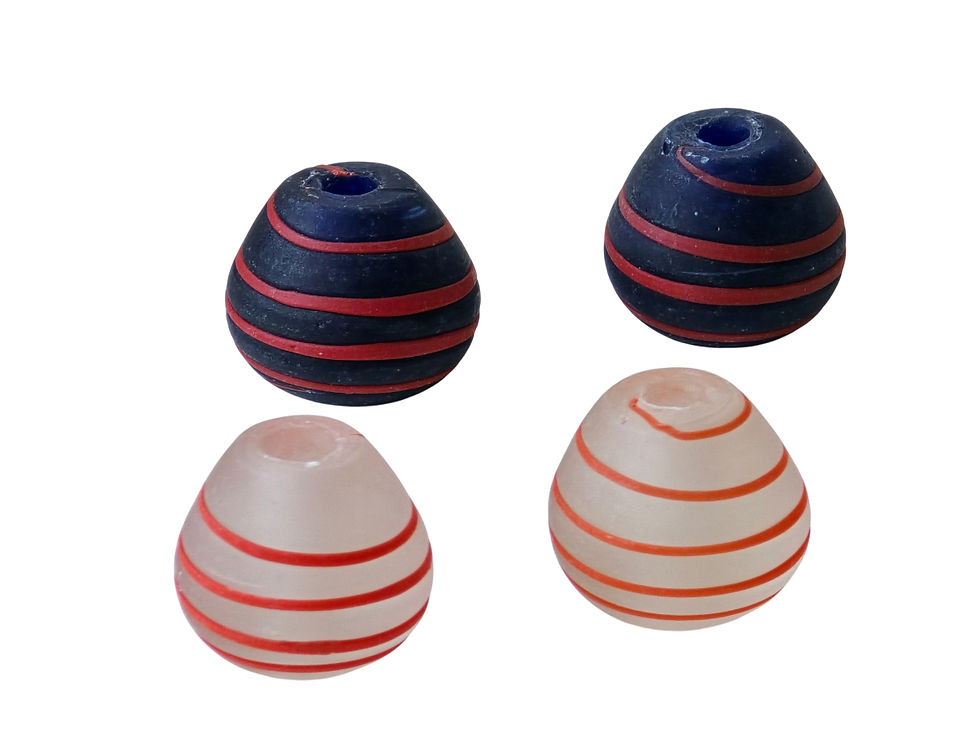Weatherglass hand made mouth blown. Comes well wrapped in box with history sheet and instructions on how to fill and how to read. The weatherglass is 9 inches from top to toe.
Weatherglasses containing water were in use before the Torricellian experiment of 1643. During the 17th and 18th centuries the glassblowers of Liege made this type of weatherglass.
Usually a little under 12” tall and having a flat back to rest against a wall, the water or coloured liquid was introduced through the spout. There is of course air in the glass above the water, and the glass is set up by arranging that the level of water in the spout to be level with the water in the glass when the atmospheric pressure is normal or average.
Although the weatherglass has no calibrations some of the instruments had small beads of glass along the length of the spout which acted as a kind of graduation..
The atmospheric pressure of the air in the glass remains constant, so that when the outside atmospheric pressure increases, the level of water in the spout will fall and visa versa. The main disadvantage of this type of barometer being its sensitivity to temperature, so that when the temperature falls the water contracts and the water in the spout falls. Although this is not a significant problem, it ought to be borne in mind when siting the barometer.
These types of instruments were known as weather-glasses, water barometers, and in Holland as ‘Donderglas’ (Thunder glass) as thunder could be expected when the air pressure was so low that water dripped out of the spout. They were produced in this country until 1939.
Water Barometer Weatherglass
Approx. 9 inches
Handmade Glassware






























